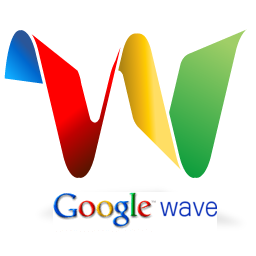Google Wave Makes an Early Splash
By Macklin White In Industry News
Could the word “wave” take on similar cultural currency? It will if Google has anything to say about it. In fact, the company aims to replace e-mail and instant-messaging in one fell swoop. On its Google Wave preview page, Google defines a wave as “equal parts conversation and document.” For the time being, the search giant’s stab at combining e-mail with chat and live documents is still in its testing phase. It’s being offered on an invitation-only basis, and so far the reviews from testers have been mixed.
Unlike Twitter, which raised some ire early on with critics for being almost too simplistic to exist, Google Wave has some testers shaking their heads in confusion. If the purpose of Wave is to simplify long, tangled e-mail threads into manageable streams of information, Slate’s Farhad Manjoo believes it does just the opposite. According to Manjoo, waves cause just as much clutter as an aimless stream of e-mails.
Even worse, the program features a live-typing feature that displays your every keystroke to fellow chatters – that’s right: even before you hit the Enter key. Needless to say, this creates an air of self-consciousness that isn’t conducive to leisurely chat. Sometimes it’s best that your friend from college doesn’t know about your propensity to confuse “its” with “it’s.” In its present form, Google Wave does not allow users to switch off the live-typing feature.
Chris O’Brien, a columnist for the San Jose Mercury News, summarizes his feelings about Google Wave in a succinct fashion: “(It’s) one of those classic cases of engineers developing for engineers.” Manjoo seems to agree with that assessment, even wondering in his review whether Google Wave had actually been created by Microsoft, the masters of complication for its own sake.
In its business blog, the Los Angeles Times has put a positive spin on what Google Wave could eventually mean for its users. The Times points out that Wave could impact journalism in a fundamental way. Since Wave theoretically allows users to collaborate on a piece of live media at the same time, reporters could edit various parts of the same news story concurrently from remote locations. While this possibility is exciting to say the least, it’s yet to be proven viable.
Manjoo’s review wasn’t all rant and no rave; he was impressed with the program’s quick load times, low crash rate and intuitive commands.
I recently requested an invitation to try Google Wave myself. If I’m able to test out the program before its wide release, I’ll pass along my impressions to the rest of you. I’d also like to encourage any readers to share their thoughts on Google Wave, especially if they’ve been lucky enough to receive an invite.


Daniel
It has been quite the stir over the last few weeks for people who received the wave invitation. Alas it has not been a success for me. I am sure that I will be invited soon. (I so feel like the last kid chosen, yet again)